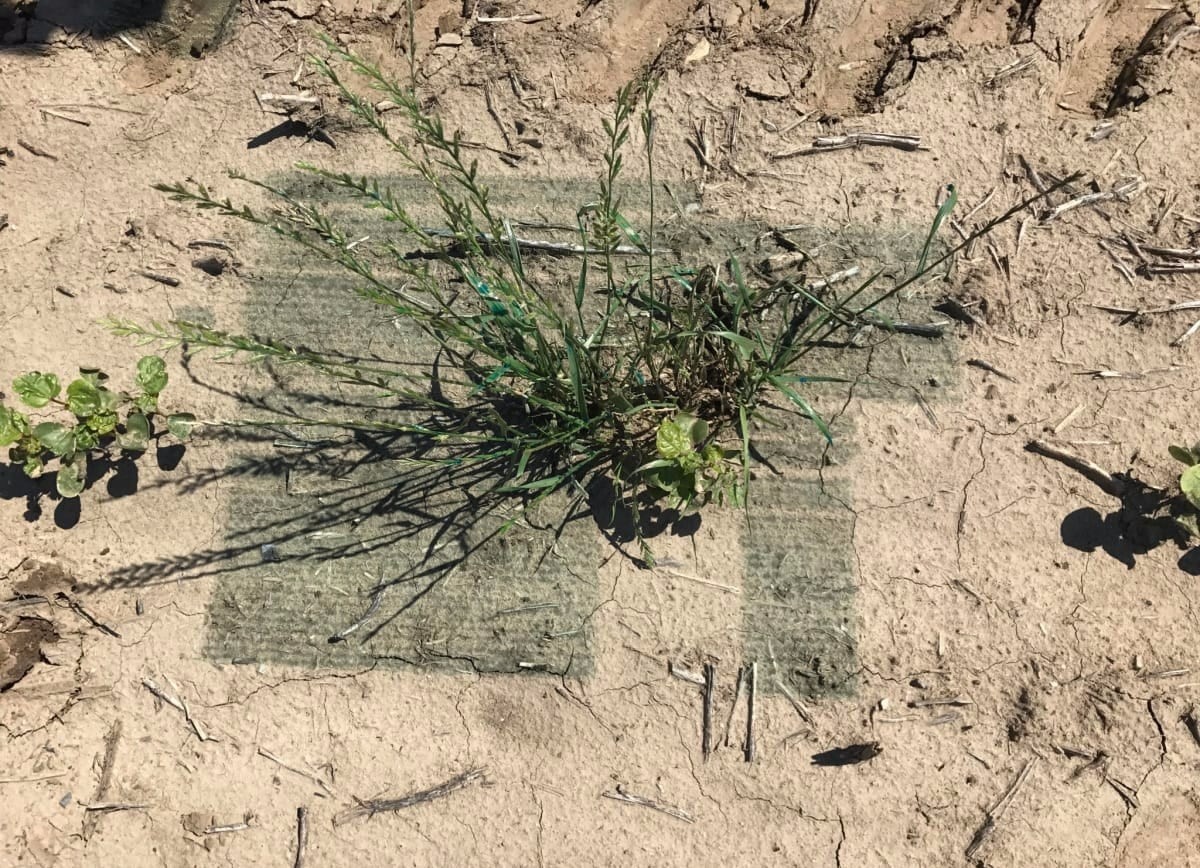Smart Herbicide Application Powered by Deep Learning & Computer Vision
Background
The prevalence of chemical use in modern agriculture is a widespread global practice. The benefits pertaining to the use of herbicides, pesticides and other chemicals go a long way in supporting farmers by improving productivity, increasing the economic gains, reducing losses in terms of yield, and in some cases, increase in the quality of food (as evidenced in the case of Blue Berries in the US) (Aktar et al., 2009). But along with the acknowledged benefits, the use of such chemicals have far reaching consequences leading to soil and surface water contamination, groundwater contamination, impact on soil fertility, contamination of non-target vegetation and non-target organisms as well as bio-accumulation. The news cycle has increasingly been featuring of some of the chemicals in the pesticide (neonicotinoids) impair the ability of the bees to navigate, thus leading to the collapse of entire colonies (Cassou, 2018). In addition to the contamination aspect, herbicide resistance is an issue which farmers have been grappling with for decades.
As health and well-being increasingly permeates public consciousness, there is an uptick in the demand for organic farm produce. Thus, while there is a consumer driven push to embrace organic farming, food security and economic considerations necessitates the continued use of herbicides and other chemicals in the farming processes.
Hacking the Herbicide Application
The traditional approach to herbicide application has been to broadcast chemicals everywhere. This makes it an inefficient and wasteful process. In fact such approaches have led to growing herbicide resistance and increased environmental and biological contamination. The traditional approach does not allow for the rising challenge of herbicide tolerant weed to be met, and thus requires an unconventional approach. Blue River Technology, a US based company has developed a solution to this problem, integrating elements of computer vision, deep learning with more traditional agriculture equipment and machinery.
The system consists of cameras mounted on the tractor, which constantly feed images of the field, crops and weeds to the computer system. There are deep learning algorithms which then analyse the streaming visual feed and are able to identify and count every single weed which may exist in the field. Not only can the system count the plants, but it can also identify every specific weed species and can have different programs or herbicide application rules which may apply for the identified species. Based on what has been identified, the farmer has the ability to selectively apply the herbicide exactly where the weed is present or he can alternatively selectively choose to apply the fertilizer or fungicide exactly on the crop. The system thus allows the farmer to not only know every plant on the field and also enables precise action with respect to herbicide application. As per Blue River Technology, the system can lead up to a 90% reduction with respect to herbicide usage.

(Source: Blue River Technology)